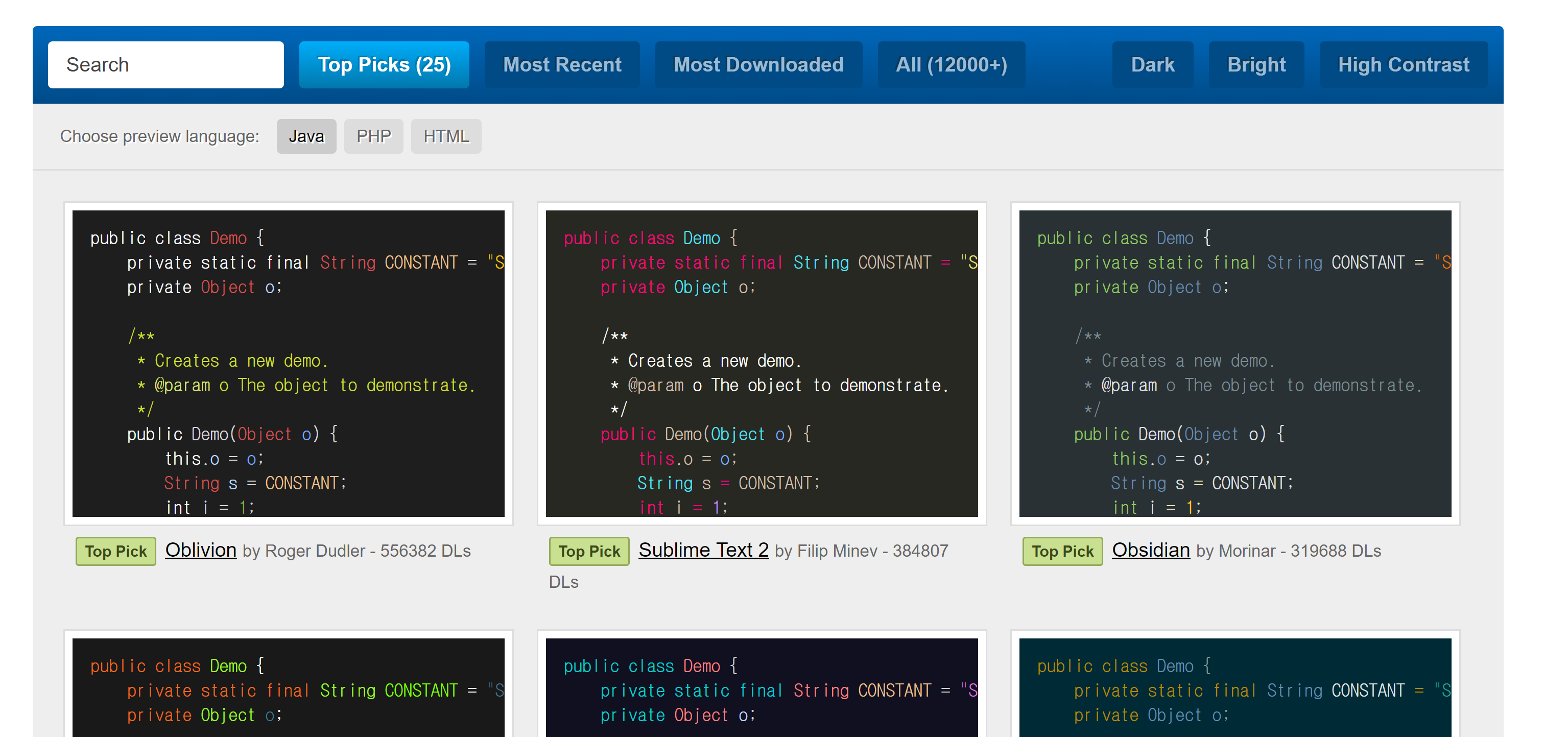Linux 파일 정보
- 파일(-), 디렉토리(d)를 구분
- 사용자/그룹/기타
- rwx 3자리씩 2진수 > 10진수로 계산한 결과 : 111 > 7 101 > 5
-rwxr-xr-x >> 파일 / 사용자권한7 / 그룹권한5 / 기타권한5
읽기 권한(r) : 파일수정 불가, 파일 열기, 복사가능
쓰기 권한(w) : 파일 내용 추가 가능, 읽기 권한 있을시 편집 가능
실행 권한(x) : 프로그램 파일이나 쉘 스크립트 파일등에 부여
현재 디렉토리에 존재하는 파일 권한 부여하기
chmod 755 ./[파일이름]
ex) test.sh 파일에 755 권한 부여하기
chmod 755 ./test.sh
'Linux' 카테고리의 다른 글
| [Linux] cd 디렉토리 이동 명령어 (0) | 2019.07.14 |
|---|---|
| [Linux] ./ 의미 (0) | 2019.07.14 |
| [Linux] ls -al 파일, 디렉토리 목록 보기 명령어 (0) | 2019.07.14 |
| [Linux] cp 파일, 디렉토리 복사 명령어 (0) | 2019.07.14 |
| [Linux] tar, tar.gz 압축, 해제 명령어 (0) | 2019.07.14 |


